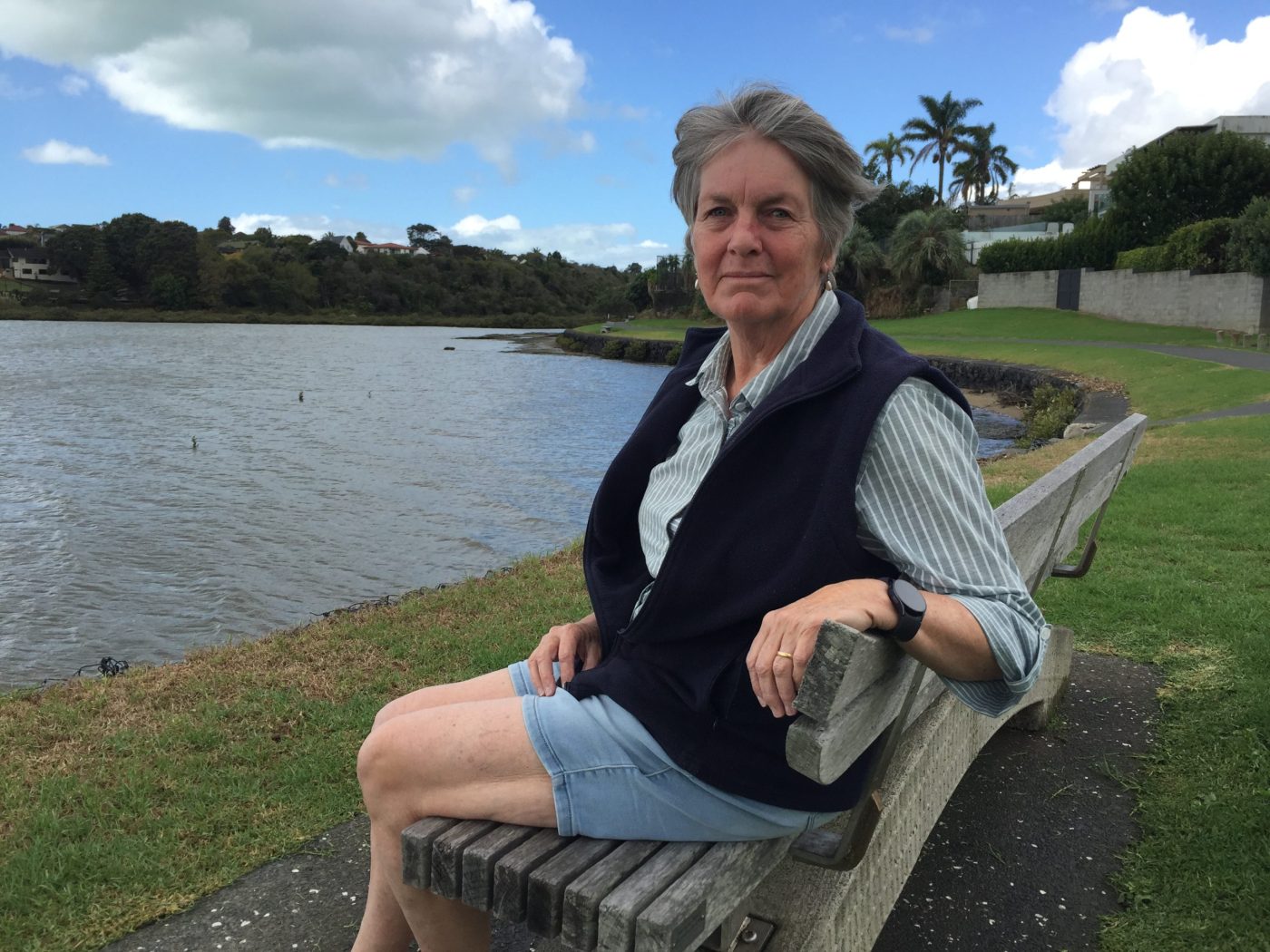|
获取您的 三位一体音频 玩家准备...
|

The Howick Local Board has heard about the major challenges facing the Tamaki Estuary, including the discharge of sewage into the waterway.
Tamaki Estuary Environmental Forum co-chairperson Dr Julie Chambers presented to the board at its most recent business meeting about the “three big things” of concern.
“Climate and change, and that’s also change in the use of the estuary waterway and increased boats and people living all around the estuary,” Chambers said.
“The next thing is there’s been a huge loss in biodiversity in the area.
“We’ve lost birds, we’ve lost plants, we’ve lost marine life.
“It’s one of those situations where we seem to feel that what we see now is what was there before, but it isn’t.
“The estuary has degraded hugely over the last 100 years of European occupation, and that’s a real concern.
“The final area is pollution. There’s pre- and post-production plastic and there are unknown toxic substances.
“Suddenly Pakuranga Creek will turn into foam, and we have to track those events better.
“These events wash through the streams and are often undetected by our current processes for looking at pollution.”
Chambers also raised the issue of sewage, which is human fecal waste, going into the Tamaki Estuary.
She said Auckland Council allows Watercare to discharge a certain amount of raw sewage into the estuary and local streams and Watercare provides reports on its discharge consents.
Chambers referred to a 758-page report on the Watercare website relating to overflow records for 2023-2024.
“The upper Tamaki catchment is the largest of 36 catchments,” she said.
“It’s a lot of your local board area and it has been one of the five worst catchments for the last five years, every year.
“That means that in the upper Tamaki Estuary catchment, more sewage has flowed into your parks, your streets, and your footpaths than the majority of the other catchments and it hasn’t improved.”
Following Chambers’ presentation to the board she took questions on the issue from its members.
Board member Bruce Kendall asked her if there was any record of how long particular sewage overflows had lasted, to which she replied such information isn’t detailed in reports.
Board deputy chairperson Bo Burns asked Chambers what the top three things are that she wants the five relevant local boards to do.
Chambers said the first thing is real-time monitoring of sewage overflows into the local area.
“Better monitoring and real-time monitoring to advise the public.
“Better public education … and the third thing is reporting to you as a local board year by year.
“What you want to see is not Auckland-wide trends, you want to see the numbers, the actual numbers of dry-weather overflows reducing year by year.”
Following Chambers’ presentation, the board voted to request its staff to provide it with information on the number of sewage overflow events in its area and what actions are under way to monitor and reduce them.
- Disclosure: Howick Local Board deputy chair Bo Burns is the owner of the Times.











